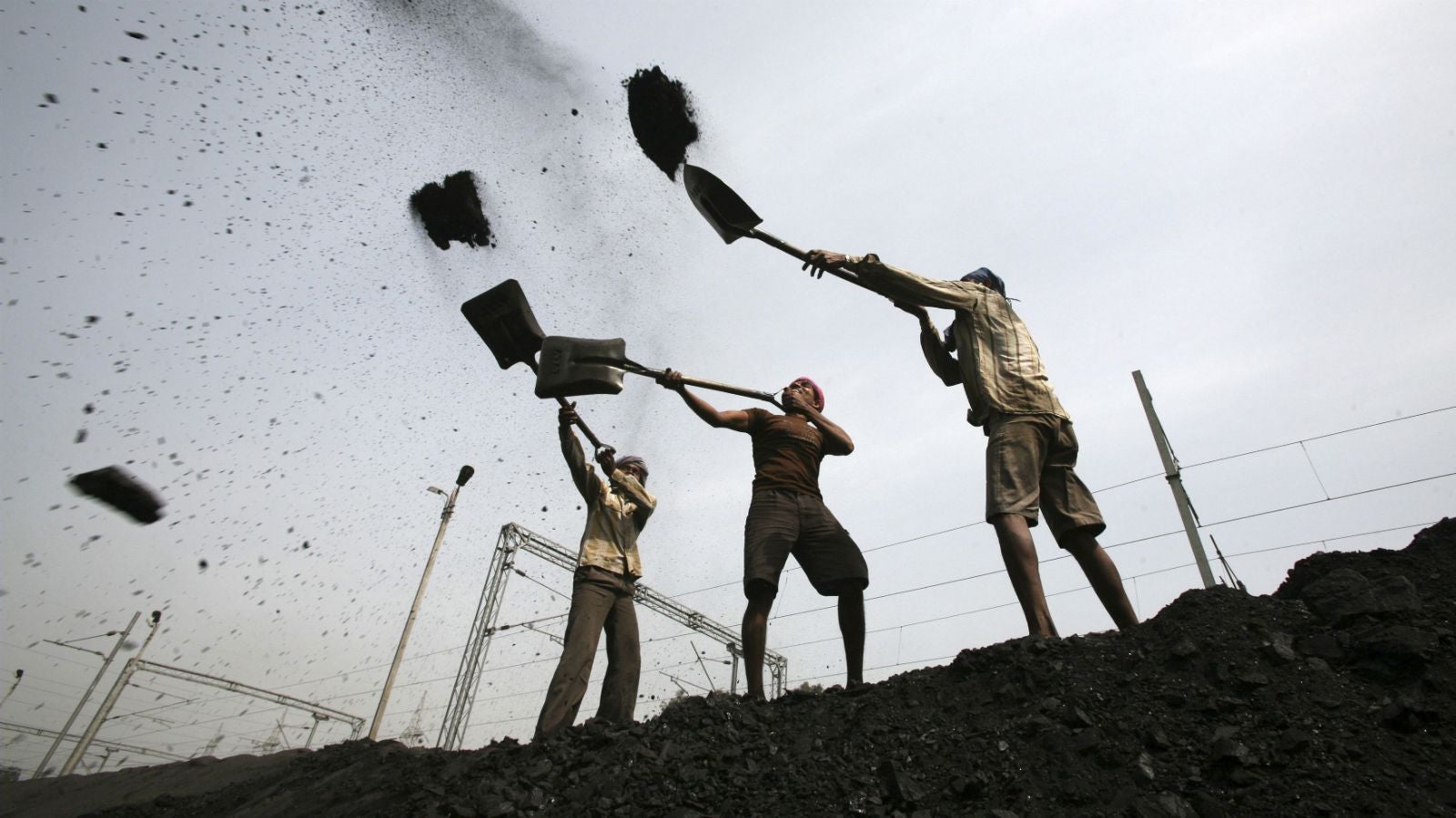These are Narendra Modi’s priorities for fixing India’s coal sector
Anil Swarup is the straight-shooting bureaucrat at the helm of the Narendra Modi government’s ambitious effort to clean up India’s coal sector.


Anil Swarup is the straight-shooting bureaucrat at the helm of the Narendra Modi government’s ambitious effort to clean up India’s coal sector.
Swarup, who took over as coal secretary in October 2014—a month after India’s supreme court cancelled 204 coal blocks allotted to private companies—is currently overseeing their re-auctions.
That, and sorting out state-run Coal India Limited (CIL), seem to be the only two things Swarup is focusing on now, as the Modi government seeks to fire up Asia’s third largest economy.
Other key measures, including operationalising a coal regulator and bringing foreign players into the coal sector are, for now, on the back burner.
Aggressive auctions
Within months of the Supreme Court decision to cancel coal block allocations, the Modi government moved quickly to re-auction them. It has so far raised Rs84,000 crore ($14 billion) by selling 15 coal blocks to private companies.
But aggressive bidding by the private sector has also raised serious worries—with some companies paying more than 50% for similar grades of coal supplied by CIL—about the viability of such projects, especially since India’s power sector witnessed a similar crisis when companies bid aggressively only to walk out of the projects later.
“In our case, it is different,” Swarup told Quartz in an interview. ”If the project becomes unviable, they can surrender it. They wouldn’t have made as heavy investments in mining unlike in power. At worse, they lose the guarantee and it is not as bad as power project where investment is on the capital side.”
“In the unregulated sector, the alternative may be perhaps more expensive than what they bid, that could be rationale they have in mind,” he added.
Regulator relegated
Even as Swarup seeks to create a level playing field for private firms scouting for coal assets, he admits that there has been little progress on the long-pending need for a regulator for India’s coal sector. The government’s “hands are full” for now with the auctions, he explained.
The idea of a coal regulator was mooted by the previous government to adjudicate disputes, declare the quality of coal, monitor and enforce closure of mines and specify methodologies for price determination of coal.
The need for a regulator has become even more acute with the Modi government’s proposal last year to allow foreign companies to enter India’s mining sector.
And while that decision to open up the industry to private players had evoked much excitement, Swarup said that there hadn’t been much movement on the proposal.
One of the largest coal consumers in the world, India’s mining sector badly needs the investment and expertise of foreign miners who have, so far, shown little interest in exploring new options in the subcontinent.
Fixing CIL
In early January, the Modi government was threatened by the biggest industrial action in India since 1977 when more than 500,000 CIL employees decided to go on a strike. They were protesting against the government’s decision to divest stake in the company.
Eventually, the government sold 10% of its stake in the mining company to raise Rs22,400 crore ($4 billion).
But for a company that accounts for 80% of India’s coal output, CIL is mired in problems—and its production levels just haven’t been able to keep up with growing demand from industry. That’s why the government has now lined up an investment plan for Rs1 lakh crore for the company, with the aim of doubling production in the next five years.
“We have made a plan of ramping up production to 1 billion (tonnes),” Swarup said. “A detailed plan for each mine to ramp up production is also in place and we have seen considerable improvements.”
Alongside, the coal ministry has sought to work on two other persistent hurdles for CIL: Environmental clearances and inadequate infrastructure.
On “environment and forest (clearances), and evacuation by railways, there has been considerable improvements and they are moving now,” Swarup said, “Projects are moving at such a fast pace and happening faster than what I (previously) thought.”
On the ground, some key infrastructure projects are apparently making headway. The government is expecting three rail linkages—Tori-Shivpur project in Jharkand, Bhudevpur-Korichapar in Chhattisgarh and Jharsuguda- Barpalli in Odisha—to be complete by December 2017. Together, these three projects could add about 300 million tonnes to CIL’s total production.
Also, special purpose vehicles (SPV) with the Indian railways and state governments are in the final stages of negotiations with Odisha and Chhattisgarh. The SPV would be held 64% by CIL, 26% by railways and 10% by state governments.
“The biggest challenge is evacuation, where railways have come on board now, but there is more to be required,” Swarup explained. “But we still need to strengthen existing railway lines, create new railway lines, number of rakes, improving turn around time.”
Still, isn’t asking CIL to more than double production by 2019 a little unrealistic?
Swarup’s answer is simple: “We have to be ambitious.”